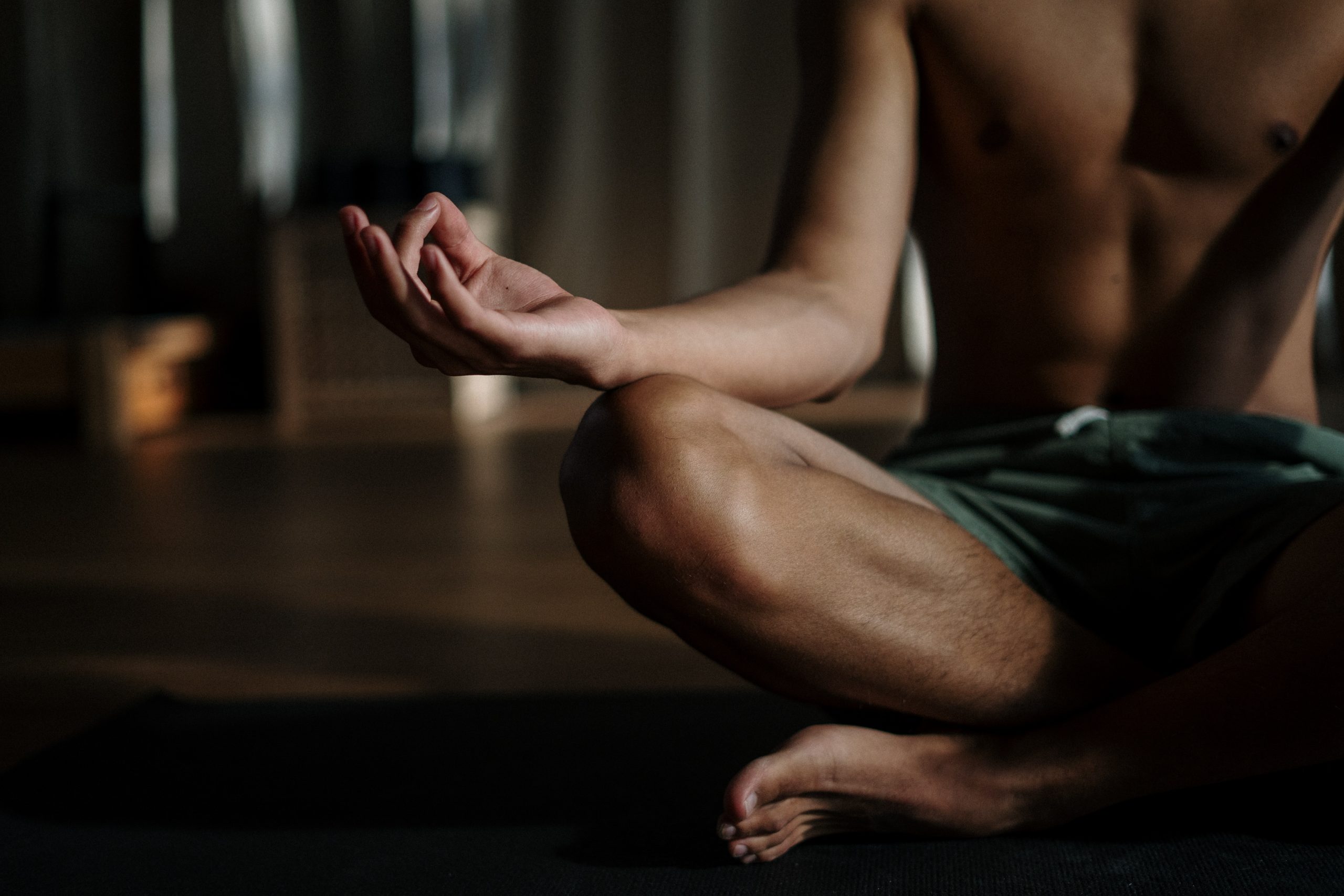
5000 Years Of Yoga Practice – The Journey Of Yoga From The Past
Yoga is a practice that dates back more than 5000 years. In this article, we’ll learn about the evolution and origins of this ancient practice. We’ll also examine the early yogic texts and explore the importance of chanting. You’ll also discover how the practice of yoga relates to the local geography.
Table of Contents
Toggle5000-year-old practice
The 5000-year-old yoga practice has many origins. The ancient tradition was an attempt to find meaning in life and evolved over time. It took on the influences of major religions in the area, including Hinduism, Buddhism, and Jainism. Many of the tenets of these different religions made it into the evolution of yoga. During the period between 300 and 1000 CE, this evolution heated up. Until this time, however, yoga practice was not widely practiced.
Yoga originated in ancient India as a system of exercise and healing. It was handed down from teacher to student through oral tradition and physical practice. Today, yoga is practiced in countries all over the world. It is a practice that blends mental and physical disciplines and is regarded as the world’s oldest holistic health care system. The ancient yogic traditions have inspired many different styles and practices, each with a unique set of benefits.
Origins
The origins of yoga practice can be traced back several centuries. The first versions of yoga, known as tantra, were initially intended for religious and meditation techniques. They focused on boosting consciousness, analyzing the individual’s perception, and purifying the mind. The second version of yoga focused on transforming the mind. A fourth version was filled with mystery and aimed to penetrate the body of others.
Yoga is thought to have evolved in the early first millennium BCE, during the time of Gautama the Buddha. Archaeological evidence of the Indus civilization, discovered in the early 1920s, indicates that the people of India practiced yoga. Many carvings found on the site resemble yogi-like figures. Ancient cultures used yoga for its physical and mental benefits.
Evolution
Yoga is a form of meditation that was first practiced thousands of years ago and initially intended to unite the body, mind, and intellect. Its goal was to bring balance to all three elements and increase awareness. The ancient Greeks recognized the body, mind, and intellect as one entity. Asceticism played a significant role in yoga practice, and some yogis were known to stay still for long periods.
In the early 20th century, India was gripped by an unprecedented passion for physical culture. The nation was undergoing a violent struggle for independence, and building more muscular bodies was considered the best defense against colonizers. As a result, various exercise systems were developed that combined Western exercise techniques with traditional Indian practices. These exercises were subsequently branded as yoga.
Early yogic texts
The earliest yogic texts were compiled in the ancient Indian tradition. The a-meta text is an example of this. It describes Shiva’s yogic path, which leads to a consortship with the Devi. This text has a unique teaching methodology based on dialogue between the Bhairav and the Devi. The tantras are a variety of practices that help one navigate the subtle realms of consciousness and to discern what is real.
The word yoga derives from the Sanskrit word “yoga,” which means “to yoke.” The concept of yoga involves the union of the mind, body, and spirit. Early yogic texts emphasize physical postures as an instrument for mental peace, but the word evolved to mean “seated meditation posture” in Hindu texts of the first millennium. Later Buddhist texts also used the word yoga to refer to the practice of spiritual discipline.
Early yogic practices
The first recorded yoga practice came from ancient India thousands of years ago. The yoga method has its roots in the Vedas and other ancient texts. Indian monks performed the first known yoga practices. Those traveling to India then would rub shoulders with yogis and observe their techniques.
The word “yoga” was used to describe a state of transcendental consciousness and unitive consciousness. These practices focused on transforming the human mind, not the physical body. The word “yoga” is also used in the older Vedas as a state of unitive or transcendental consciousness.
Early yogis
The origins of yoga are in northern India, where it was first mentioned in the ancient sacred texts called the Vedas. The oldest of the four Vedas is the Rig Veda, which contains more than 1,000 hymns and 200 mantras. Ancient yogis, known as rishis, refined the art and practice of yoga over time.
The Civil Rights Movement also embraced yoga, and Gandhi was a major inspiration for Martin Luther King Jr. The latter adopted the philosophy of ahimsa to guide his nonviolent approach to civil rights. Rosa Parks also started practicing yoga in her later years and was referred to it by her niece. She found that practicing yoga helped her cope with stress and anxiety.

